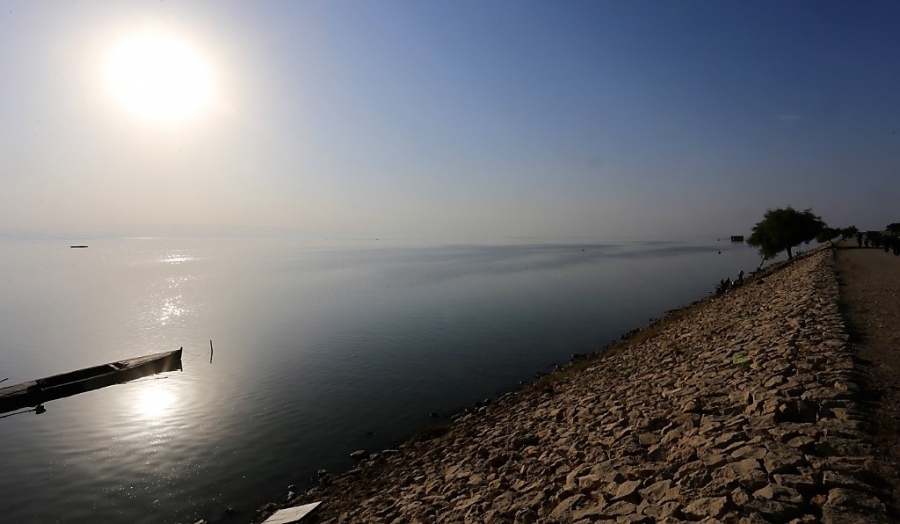On Monday, the water level in the Manchhar Lake, one of the biggest freshwater reservoirs in the nation, further dropped. According to officials, everything will soon be “completely normal,” given that the water continues to flow freely into the River Indus.
Authorities were forced to breach the protective dykes and other buildings along Manchhar Lake’s channels in an effort to redirect the flow of water towards less populated areas and prevent flooding in highly inhabited areas. Manchhar Lake has been the main source of the threat.
Mahesh Kumar, an irrigation engineer, said that although Manchhar’s water level has dropped to 120.7 feet, it still needed to fall to its typical level of 12 to 14 feet.
It is important to note that the lake’s maximum depth is 122.8 feet.
According to Kumar, the water is now entering the Indus River directly through the Larkana-Sehwan (LS) bund.
He continued by saying that the emergency that had earlier been proclaimed there due to raging water had now been lifted and the water intensity at the ring bunds at Mehar, Johi, and Bhan Syedabad had returned to normal levels.
Separately, Dr. Karim Mirani of Dadu Civil Hospital informed that two children had passed away on the previous day as a result of various illnesses and noted that the hospital’s patient intake was increasing.
Manchhar Lake has recently seen a rise in water levels as floodwaters from the north and hill torrents from Balochistan move southward, leaving behind a trail of fatalities and devastation. Sindh has been particularly heavily impacted.
In Sindh, floods have rendered hundreds of thousands of people homeless, and many of them have taken to sleeping by the side of elevated highways to stay dry.










